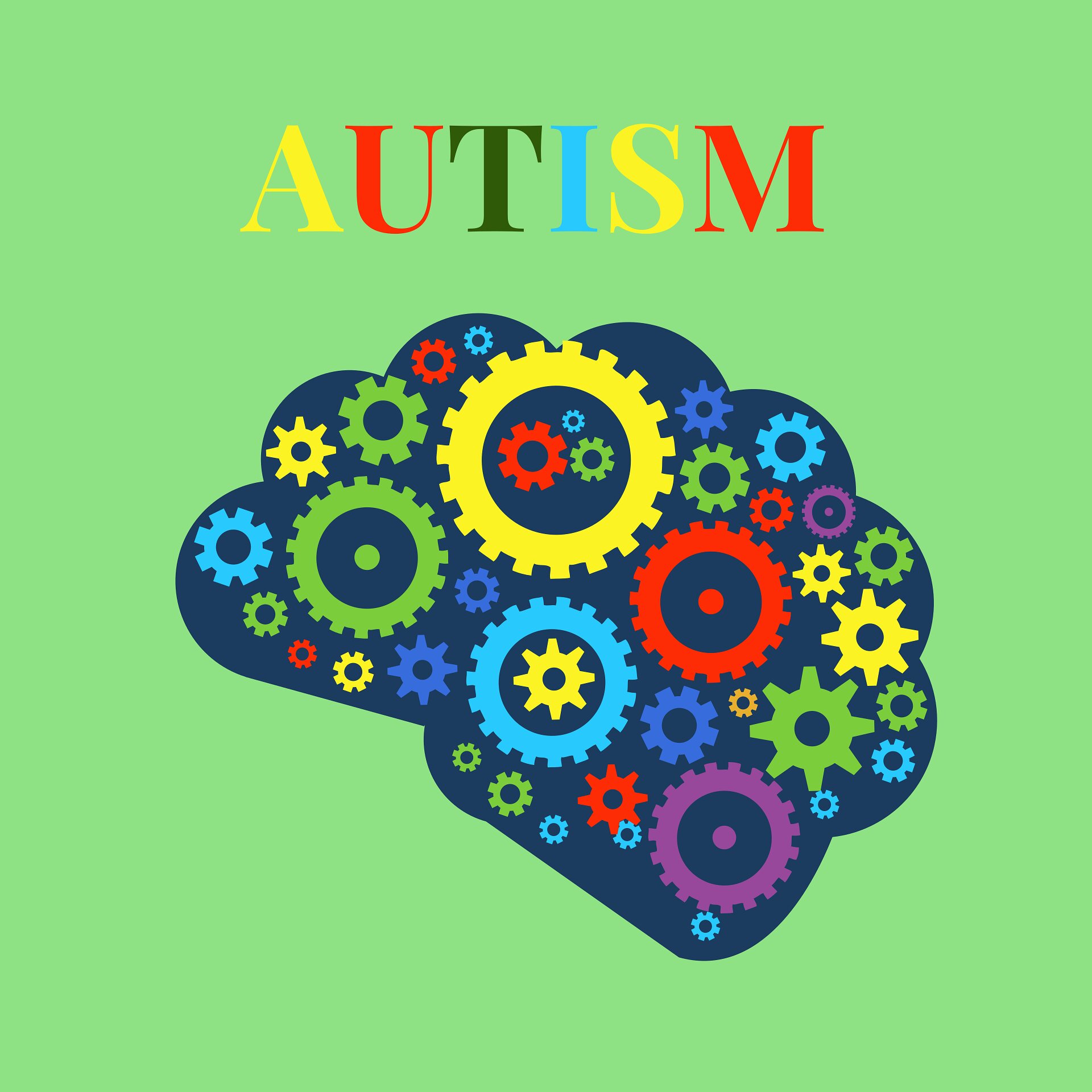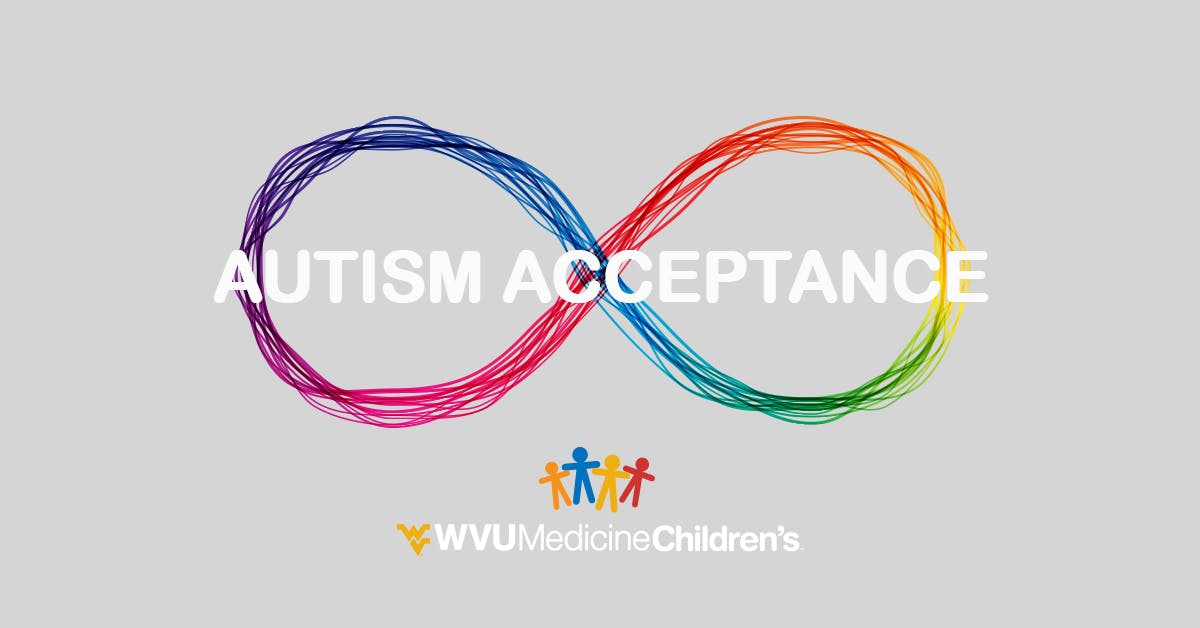Autism and Sensory Handling: Checking Out the Link and Its Effects
Autism and Sensory Handling: Checking Out the Link and Its Effects
Blog Article
Recognizing Autism: A Comprehensive Overview to Signs and indicators
Autism Spectrum Condition (ASD) includes a wide variety of qualities that can substantially impact a person's social interactions and everyday functioning. Comprehending these nuances not just help caretakers and instructors in offering appropriate assistance but also fosters a much more comprehensive setting for individuals with ASD.
Review of Autism Range Problem
Defining Autism Spectrum Disorder (ASD) includes acknowledging it as a complicated neurodevelopmental condition characterized by a variety of difficulties in social communication, interaction, and behavioral patterns. The term "spectrum" mirrors the wide irregularity in signs and symptoms and their severity, which can vary dramatically from one individual to an additional. ASD typically materializes in early childhood years, although some people may not receive a diagnosis up until later in life.
Factors affecting the development of ASD include genetic tendencies and environmental variables, although the precise causes continue to be under examination. Medical diagnosis frequently relies upon behavior analyses, as there are no clear-cut medical examinations for ASD. Early intervention is essential and can significantly boost end results, concentrating on boosting communication skills, social interactions, and adaptive behaviors.
People with ASD may additionally show distinct toughness, such as phenomenal attention to information or certain areas of experience. Comprehending the complex nature of ASD is crucial for cultivating an inclusive setting that accommodates neurodiversity. Continued research study is essential for establishing effective treatments and support group, enabling individuals with ASD to grow and accomplish their potential within culture.
Common Indications of Autism
Acknowledging the typical signs of Autism Range Condition (ASD) is important for early recognition and intervention. These signs can vary widely in seriousness and discussion, however specific qualities are regularly observed in individuals with ASD.
One of the most widespread signs is a significant problem in maintaining and developing eye get in touch with. Individuals might likewise display limited rate of interest in social interactions and show a preference for solitary play. Repetitive habits, such as hand-flapping, rocking, or spinning items, usually emerge early in childhood years. Furthermore, some kids might develop stringent routines and become troubled if these routines are interrupted.
Sensory sensitivities are additionally common; individuals may underreact or overreact to sensory stimuli, such as lights, noises, or structures. autism. Language advancement can be atypical, with some kids displaying postponed speech or making use of language in uncommon ways, consisting of echolalia-- repeating sentences or phrases listened to somewhere else
It is crucial to keep in mind that not every person with ASD will certainly present all these signs, and the level of these habits can differ dramatically. Early acknowledgment allows for prompt assistance and resources, enhancing the top quality of life for those on the spectrum.
Social Interaction Obstacles
Social interaction obstacles are a hallmark of Autism Range Condition (ASD), affecting a person's capacity to engage properly with others. These troubles can manifest in numerous methods, including difficulties in initiating and maintaining discussions, understanding social cues, and responding properly in social communications.
People with ASD might battle with nonverbal interaction, such as eye get in touch with, faces, and body language. This can bring about misconceptions, as their communicative intent may not be properly interpreted by others. In addition, they might discover it challenging to realize the subtleties of tone and context, which are crucial for reliable communication.
In team setups, people with ASD may really feel overwhelmed and may not recognize exactly how to join in discussions (autism). They may additionally display irregular conversational patterns, such as monologuing regarding particular rate of interests without recognizing social reciprocity
Furthermore, these obstacles can cause social seclusion or troubles in creating relationships, as peers may misunderstand their habits or Check Out Your URL communication design. Recognizing these social communication obstacles is critical for promoting helpful environments that advertise social abilities growth and enhance the high quality of interactions for people on the autism spectrum.
Sensory Level Of Sensitivities and Reactions
Several individuals with Autism Range Condition (ASD) experience increased sensory sensitivities that can significantly affect their daily lives. A person with ASD may find everyday noises, such as a vacuum cleaner or crowded atmospheres, extremely traumatic, leading to stress and anxiety or disasters.
Sensory handling differences in people with ASD can likewise affect their capability to involve in routine tasks and social communications. A child who is sensitive to touch might withstand physical love or avoid certain clothes fabrics. A choice for particular textures or tastes can limit dietary options and produce obstacles throughout mealtimes.
Comprehending these sensory sensitivities is vital for recognizing the unique experiences of people with ASD. Understanding of their sensory profiles can foster far better communication and support techniques, creating an atmosphere that suits their needs and boosts their lifestyle. Inevitably, recognizing sensory level of sensitivities is an essential element of comprehending the wider spectrum of autism.

Sustaining Individuals With Autism
Effective support for individuals with Autism important source Range Problem (ASD) is critical for boosting their overall wellness and promoting freedom. Assistance methods should be customized to satisfy the special needs of each individual, considering their difficulties and staminas.

Social abilities training can also play a critical duty. autism. Engaging individuals in group tasks or role-playing scenarios can enhance their capacity to navigate social interactions. Furthermore, it is necessary to inform household members, caregivers, and peers about ASD to promote a comprehensive and encouraging neighborhood
Final Thought
By cultivating improved interaction and social abilities, individuals with autism can navigate their atmospheres a lot more successfully. Eventually, enhanced understanding and support can substantially boost the quality of life for those affected by ASD.
Autism Range Problem (ASD) incorporates a broad array of features that can substantially influence an individual's social communications and daily functioning.People with ASD may battle with nonverbal communication, such as eye call, face expressions, and body language.Several people with Autism Range Condition (ASD) experience enhanced sensory sensitivities that can substantially influence their day-to-day lives.Sensory visite site handling distinctions in individuals with ASD can additionally impact their capability to engage in social communications and routine activities.Comprehending these sensory sensitivities is necessary for acknowledging the one-of-a-kind experiences of people with ASD.
Report this page